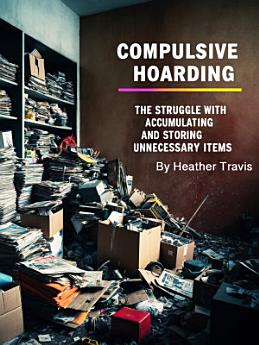Compulsive Hoarding: The Struggle with Accumulating and Storing Unnecessary Items
About this ebook
The phenomenon of hoarding exists on a spectrum from mild collecting behaviors that bring joy and organization to severe accumulation that renders homes uninhabitable and relationships impossible. What distinguishes pathological hoarding from normal collecting or even messy housekeeping is the profound distress and functional impairment that results when the accumulation of possessions begins to interfere with basic life activities like cooking, sleeping, bathing, or having social relationships. For those affected, possessions become simultaneously sources of comfort and anxiety, security and shame, identity and imprisonment.
The prevalence of hoarding disorder has become increasingly recognized, with research suggesting that approximately 2-6% of the population struggles with clinically significant hoarding behaviors, making it more common than many other well-known mental health conditions. The true scope of the problem may be even larger, as the shame and secrecy surrounding hoarding often prevent individuals from seeking help or even acknowledging their condition to researchers and healthcare providers. Many people live for decades with hoarding behaviors before coming to professional attention, usually through crisis situations rather than voluntary help-seeking.








